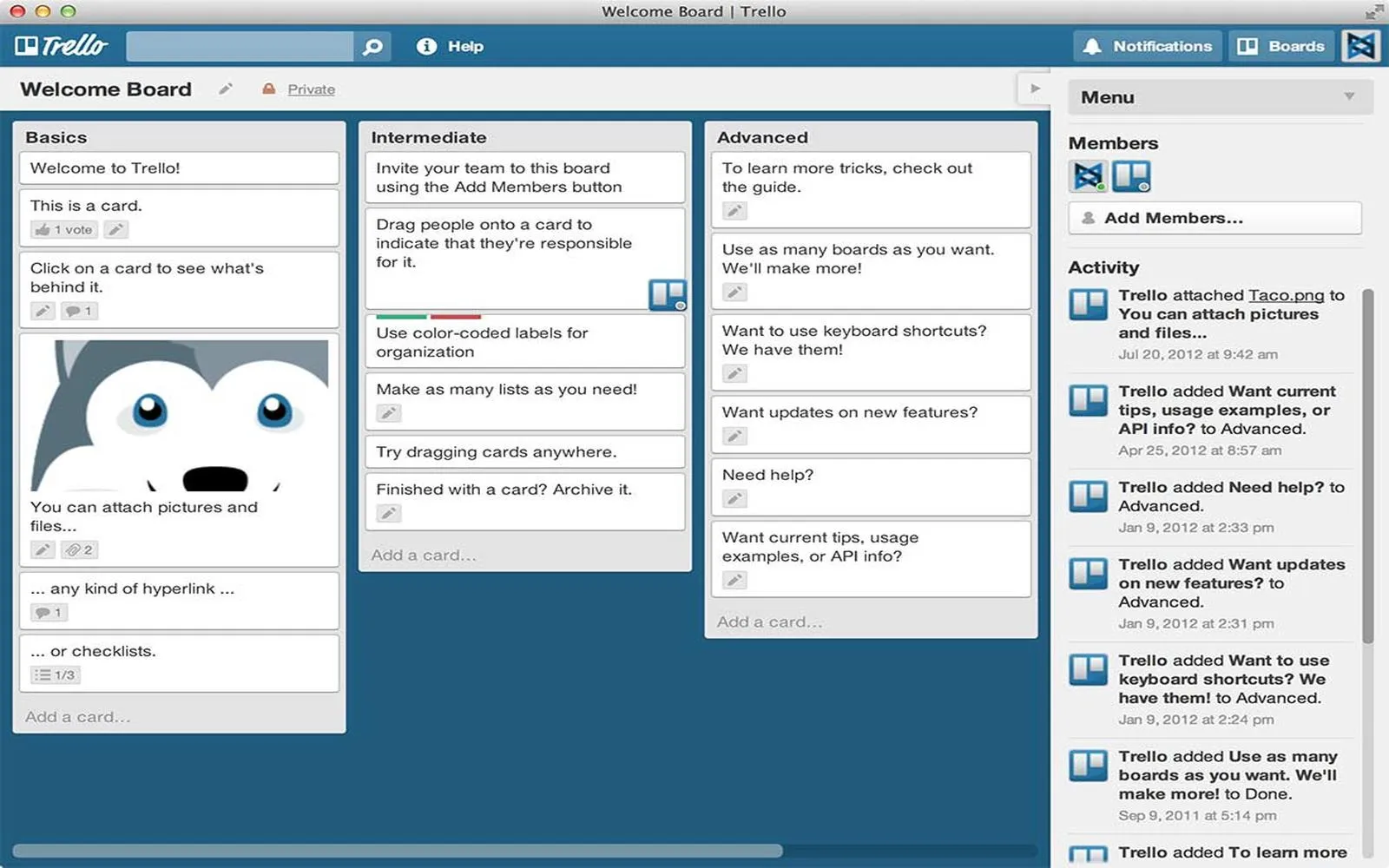Understanding Burnout in Remote Teams
Burnout is a state of emotional, physical, and mental exhaustion caused by prolonged and excessive stress. In remote teams, where the boundaries between work and personal life can blur, burnout can become a significant issue. It's crucial for employers and team members to recognize the signs of burnout and take proactive steps to mitigate it.
Identifying the Signs of Burnout
Recognizing the symptoms of burnout early can help in addressing the issue before it affects the entire team. Some common signs of burnout include:
- Exhaustion: Persistent tiredness, both physically and emotionally.
- Reduced performance: A noticeable drop in productivity and quality of work.
- Detachment: Feelings of isolation or disconnection from team members.
- Increased cynicism: A negative outlook towards work and colleagues.
By being aware of these signs, team leaders can take necessary actions to support their members and create a healthier work environment.
Strategies to Avoid Burnout in Remote Teams
Employers and team members can implement several strategies to prevent burnout. These strategies not only enhance employee well-being but also improve overall productivity. Below is a breakdown of effective methods:
| Strategy | Description |
|---|---|
| Set Clear Boundaries | Encourage employees to establish specific work hours and stick to them. This helps in maintaining a work-life balance. |
| Regular Check-ins | Schedule frequent one-on-one meetings to discuss workload, feelings, and any challenges team members may face. |
| Encourage Breaks | Promote short breaks throughout the day to help employees recharge and refocus. |
| Provide Resources | Offer mental health resources, such as counseling services or wellness programs, to support employees. |
| Foster Team Connection | Create opportunities for social interaction among team members to strengthen relationships and reduce feelings of isolation. |
Creating a Supportive Work Environment
A supportive work environment is essential for preventing burnout in a remote team. Here are some ways to foster such an environment:
- Open Communication: Encourage team members to voice their concerns, feedback, and suggestions without fear of judgment.
- Recognize Achievements: Celebrate individual and team accomplishments to boost morale and motivation.
- Flexible Work Arrangements: Allow employees to have flexible schedules that accommodate their personal needs and preferences.
Utilizing Technology Wisely
In a remote setup, leveraging technology can help reduce the risk of burnout. Here are some tools that can enhance productivity while minimizing stress:
- Project Management Tools: Use tools like Trello or Asana to manage tasks efficiently and keep everyone on the same page.
- Time Management Apps: Encourage the use of apps like Toggl or Clockify to help employees track their work hours and breaks effectively.
- Virtual Collaboration Platforms: Tools like Slack or Microsoft Teams can facilitate communication and collaboration among team members.
Encouraging Self-Care Practices
Promoting self-care is vital in preventing burnout. Employees should be encouraged to adopt healthy habits that support their well-being:
- Exercise: Regular physical activity can improve mood and reduce stress levels.
- Meditation and Mindfulness: Practicing mindfulness can help employees manage stress and stay focused.
- Healthy Eating: Encourage nutritious eating habits to boost energy levels and overall health.
Conclusion: Prioritizing Employee Well-Being
In conclusion, preventing burnout in a remote team requires a multifaceted approach that includes setting clear boundaries, fostering open communication, and promoting self-care. By prioritizing employee well-being, teams can create a more productive and engaged workforce. Remember, a happy team is a productive team, and taking steps to avoid burnout is essential for long-term success. Investing in your team's mental health is not only beneficial for your employees but also for the overall success of your organization.
For more insights and resources on managing remote teams effectively, check out referrerAdCreative to discover tools and strategies that can help your team thrive.





